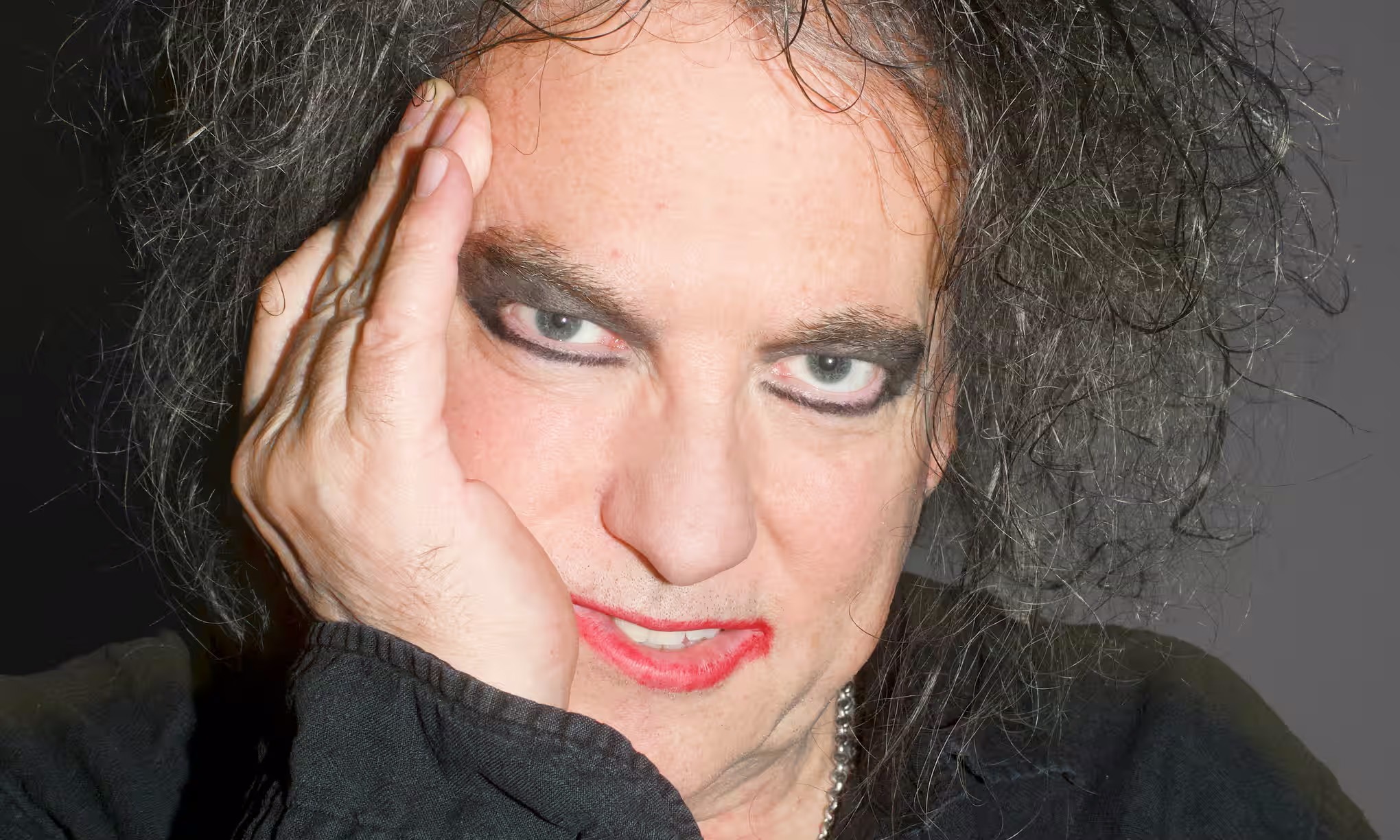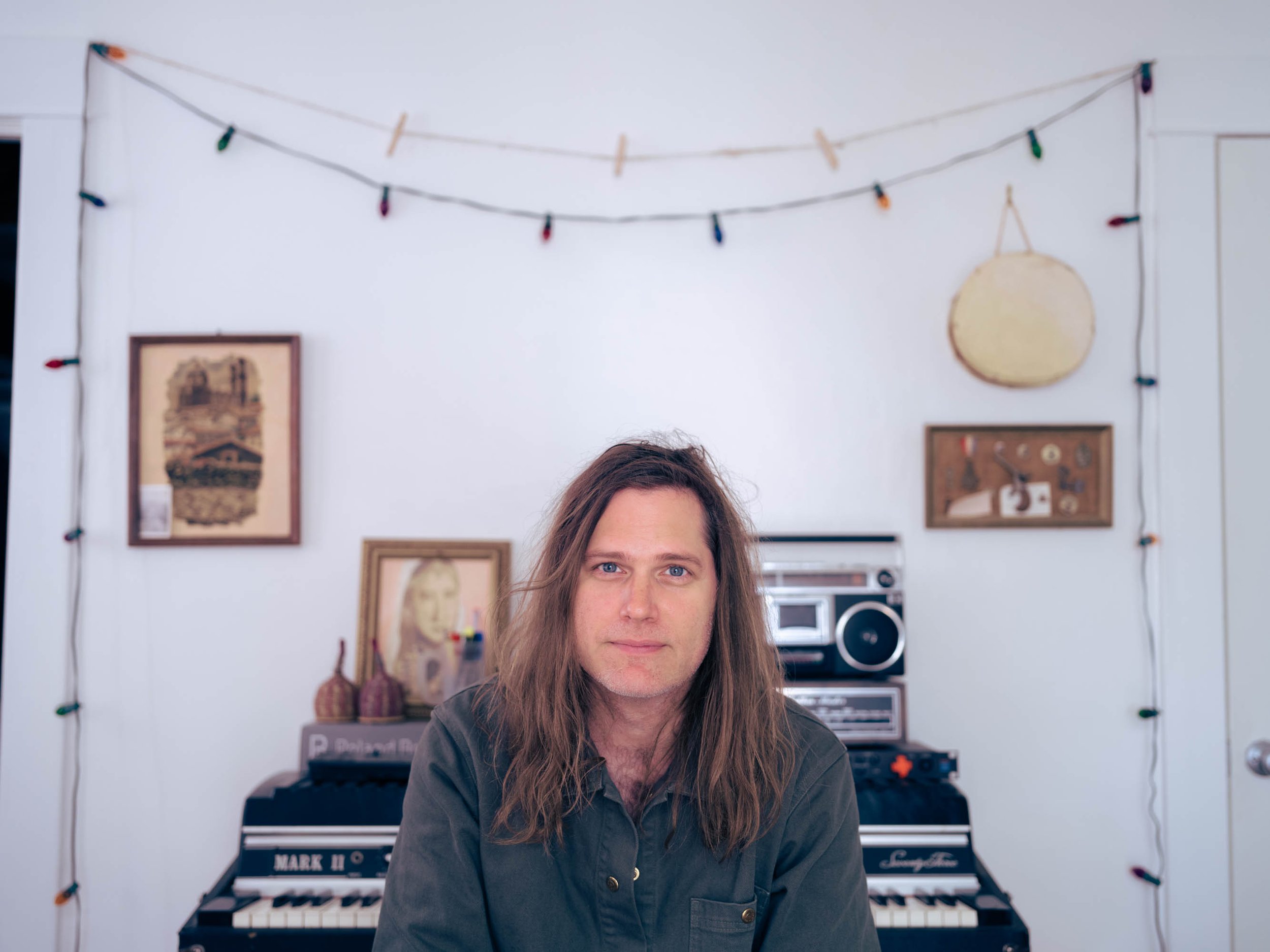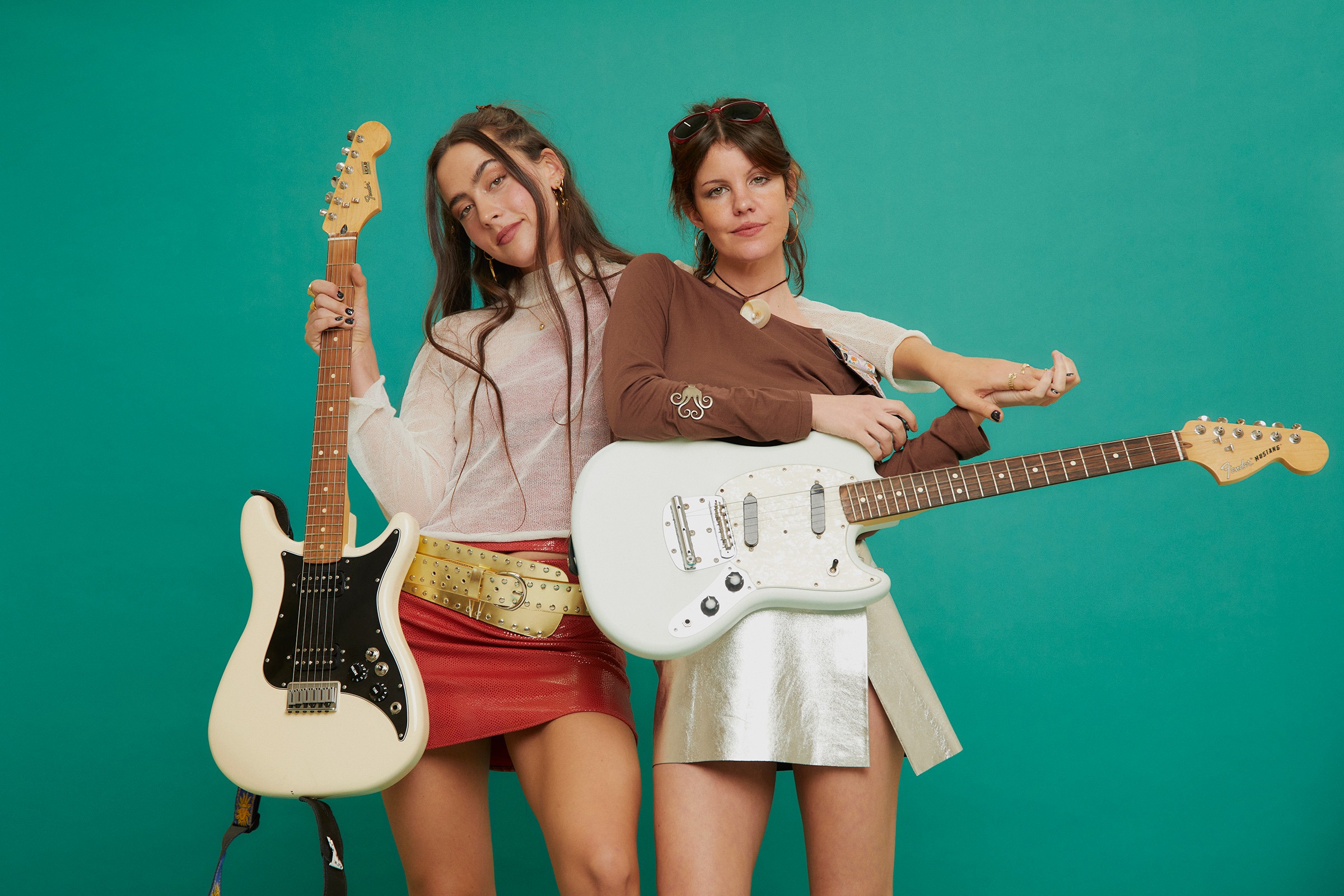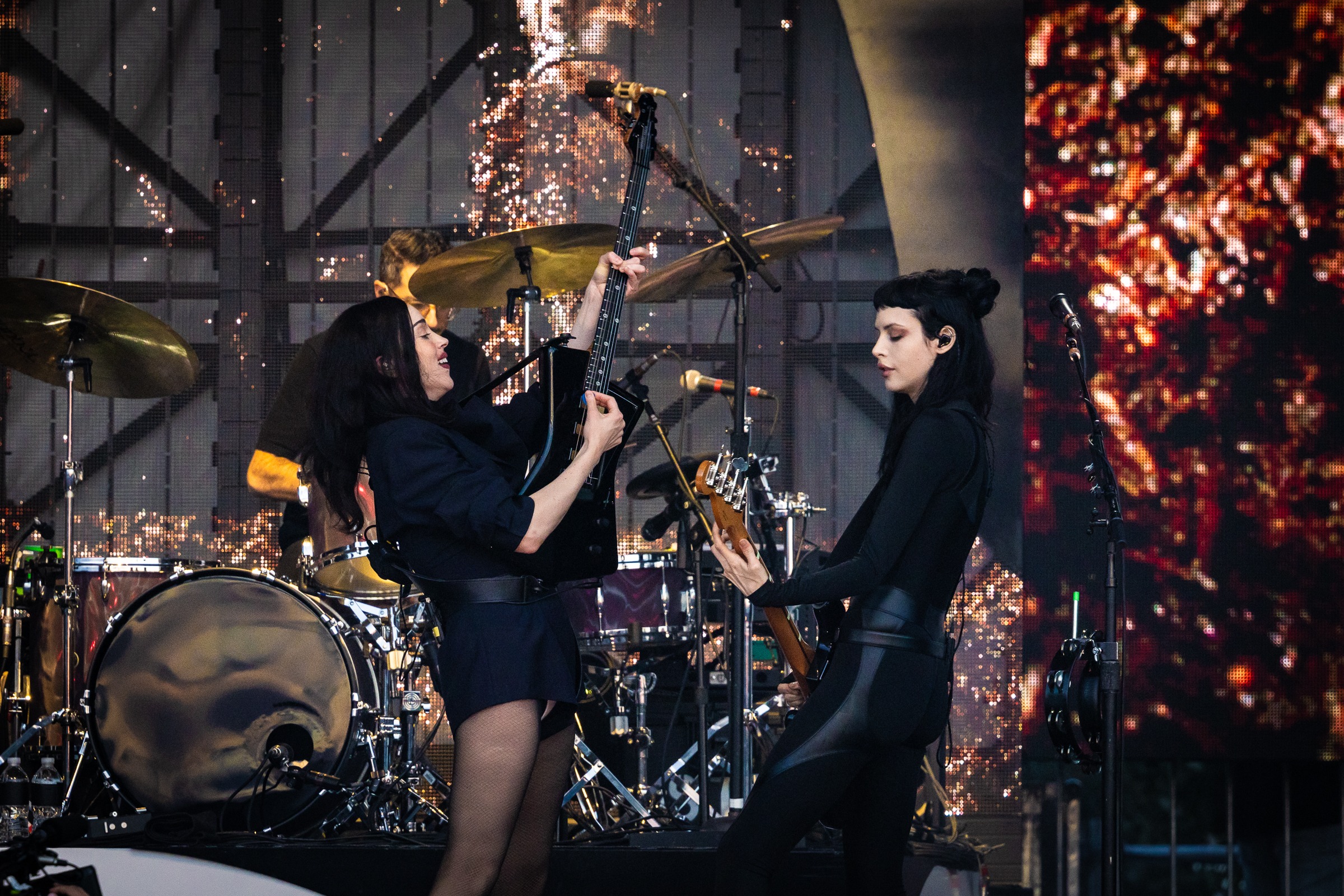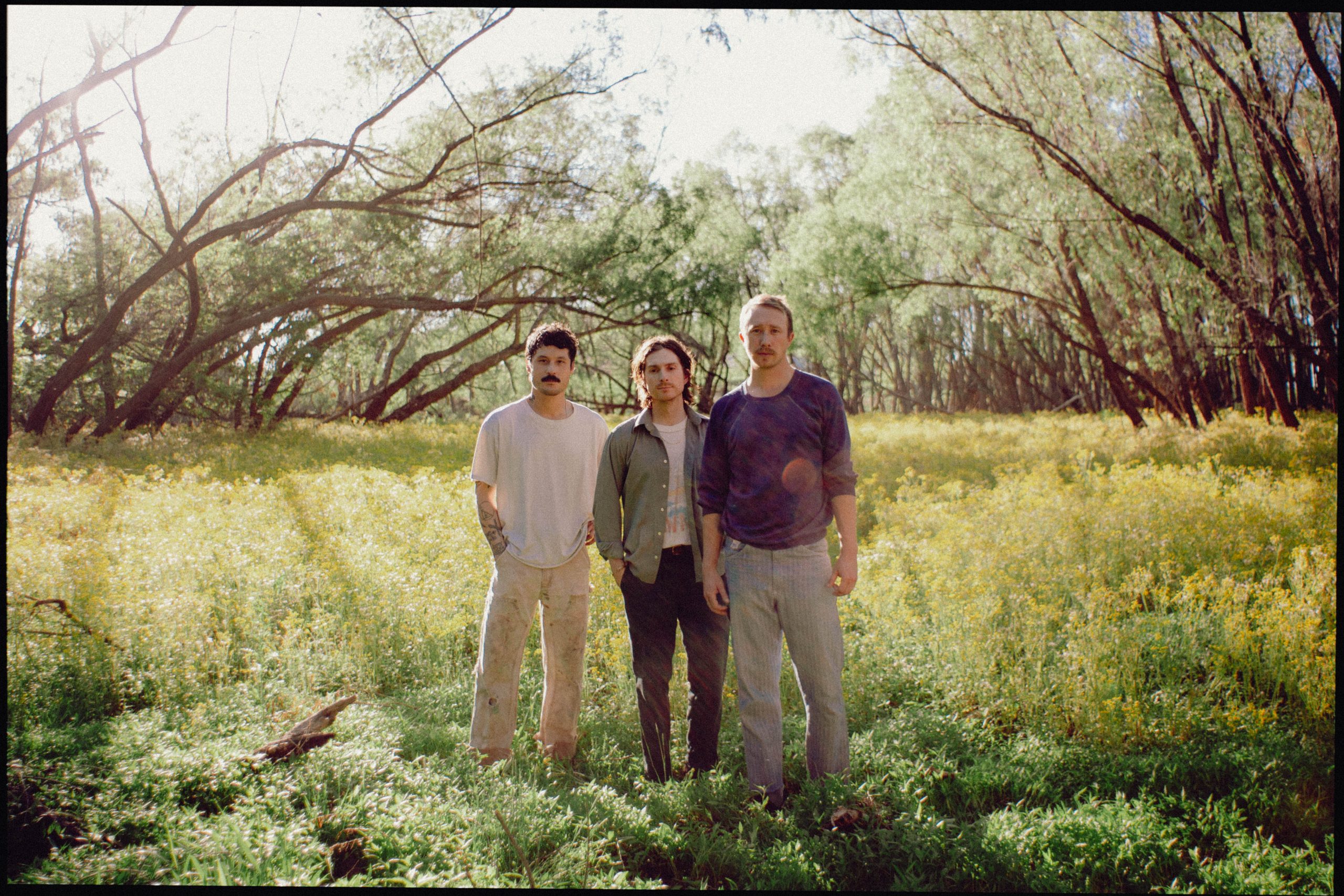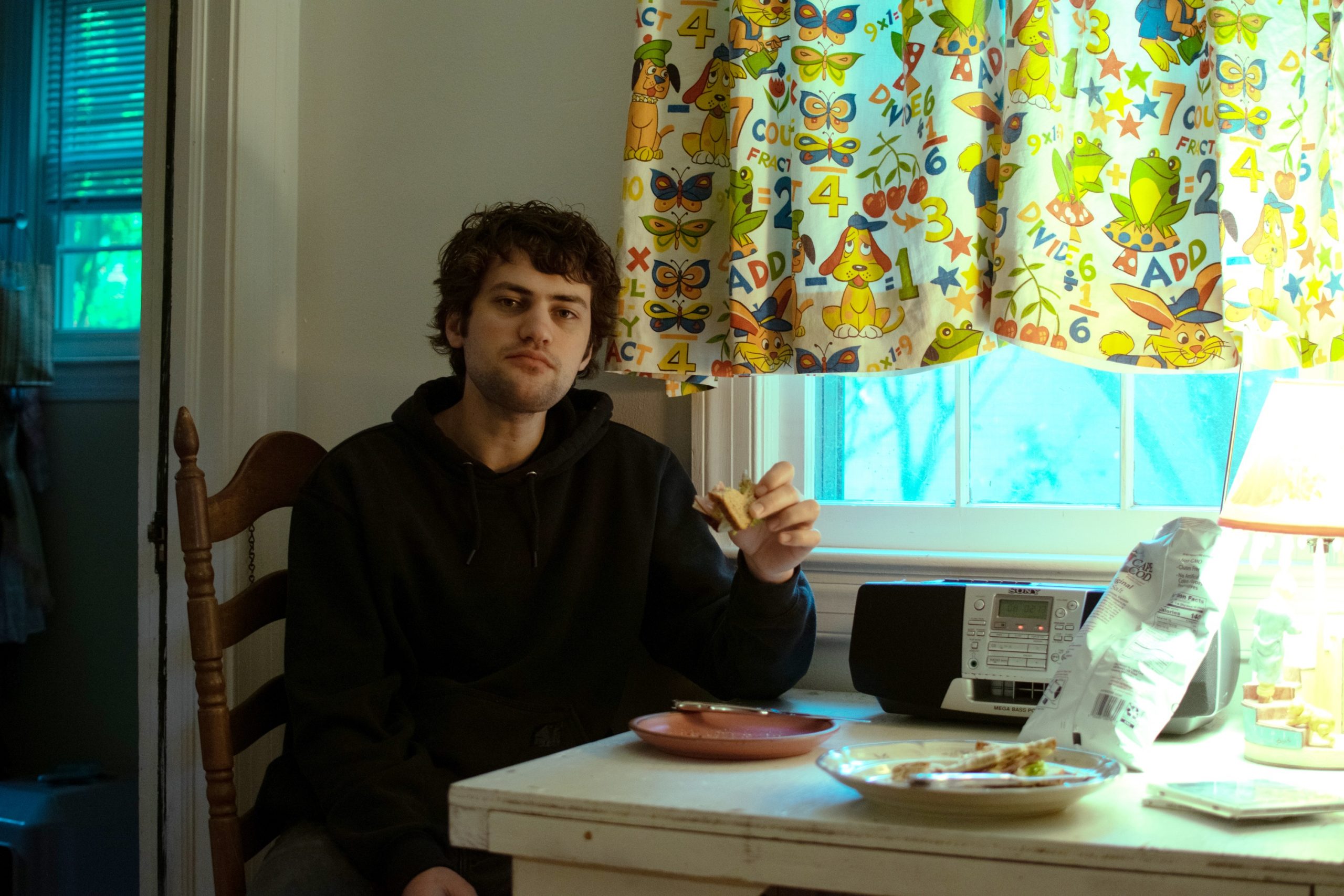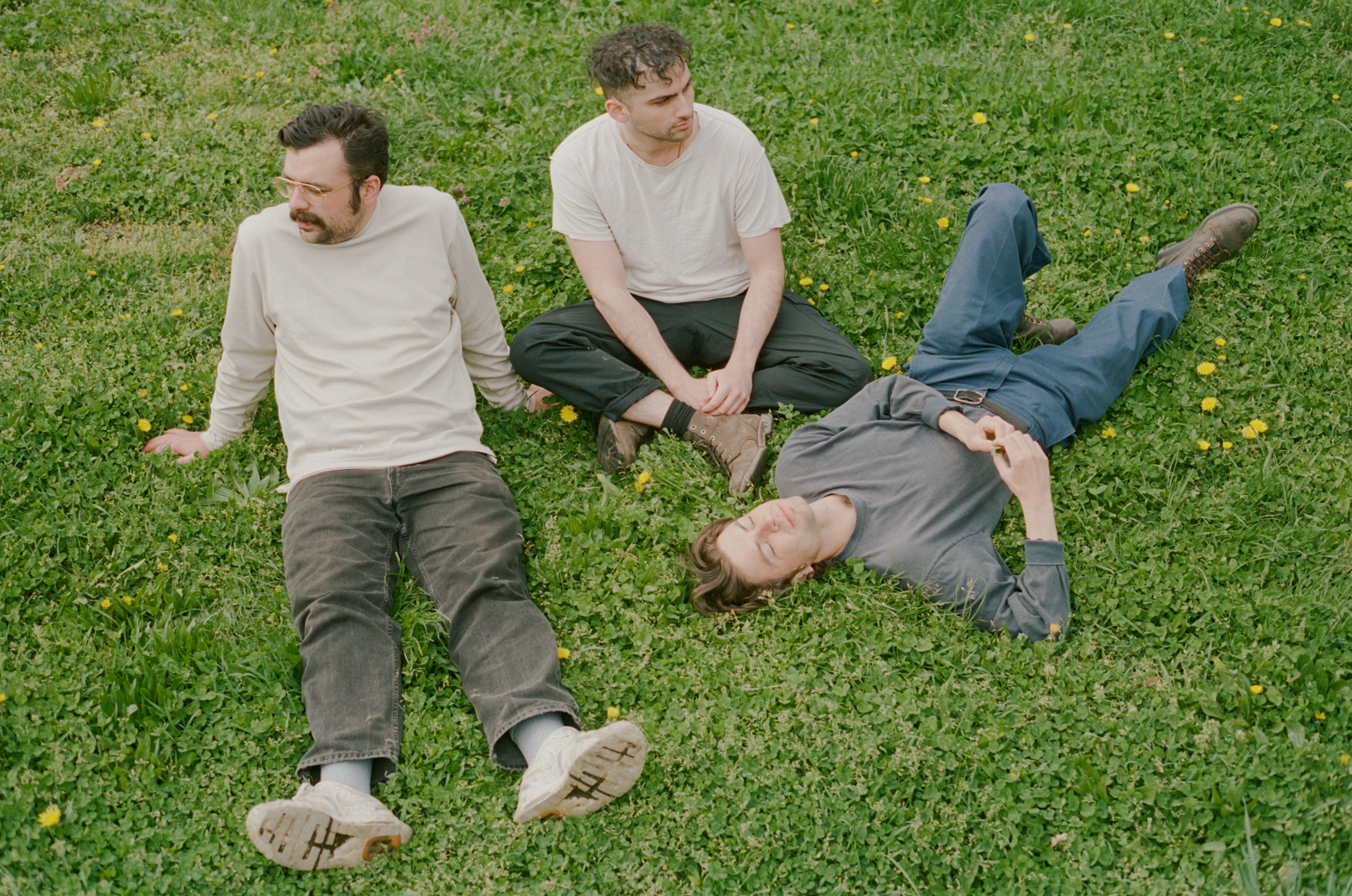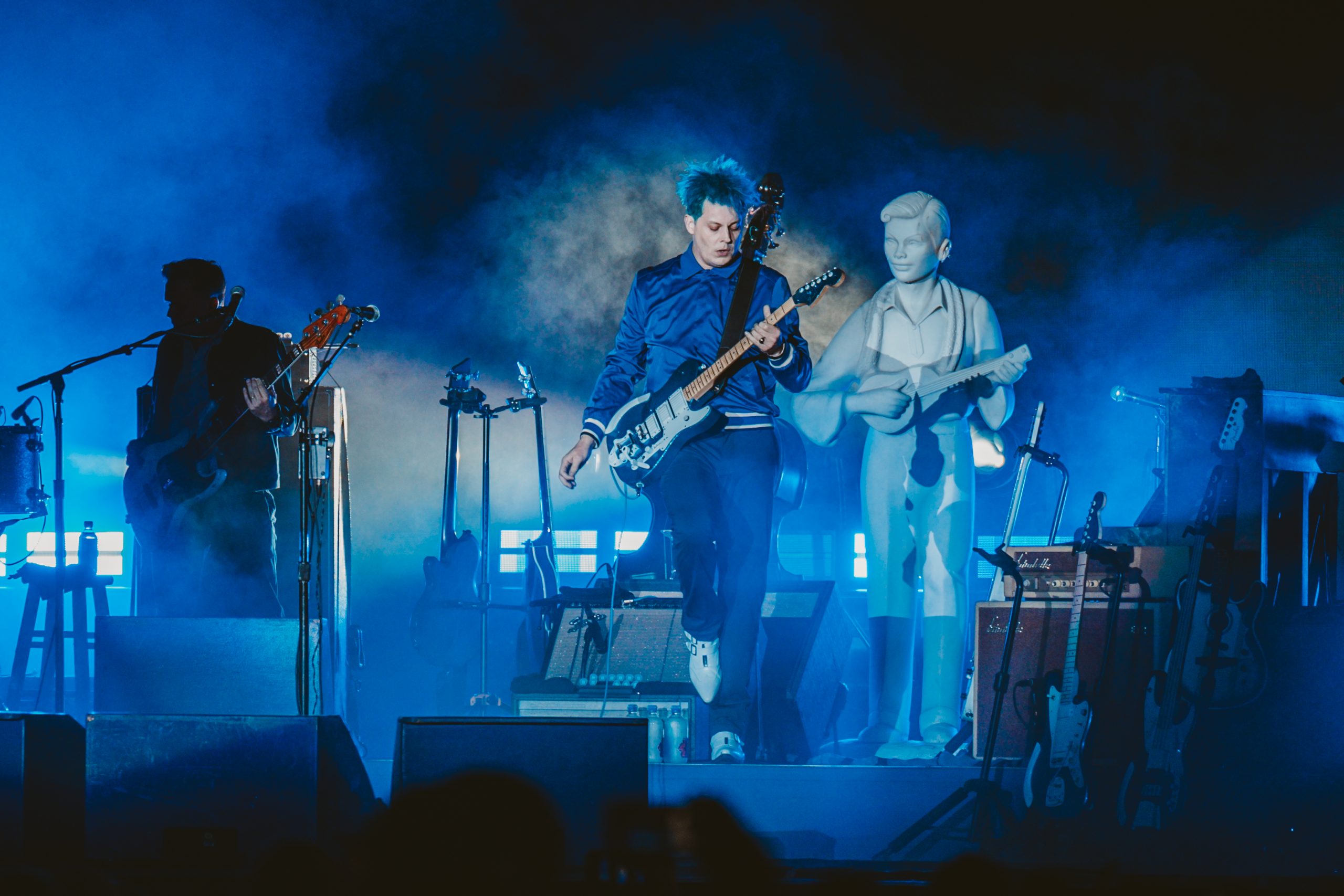The Rudiments of Ty Segall’s Percussion Past
The multi-instrumentalist and singer-songwriter is releasing his 15th studio album, but this time he's ditching the guitar to pick up on his love for drums

For his 15th album, multi-instrumentalist, singer-songwriter and producer Ty Segall ditches his persona as a guitar-driven musician. On Love Rudiments, Segall goes back to where it all began for him as a music-lover: drums and percussion.
Love Rudiments is an experimental, fully instrumental, LP that features a full array of percussion instruments like the trap kit, timpani, vibraphone, xylophone and electric drums. Segall isolates his talents by giving his all to an aspect of music his fans didn’t know belonged to him.
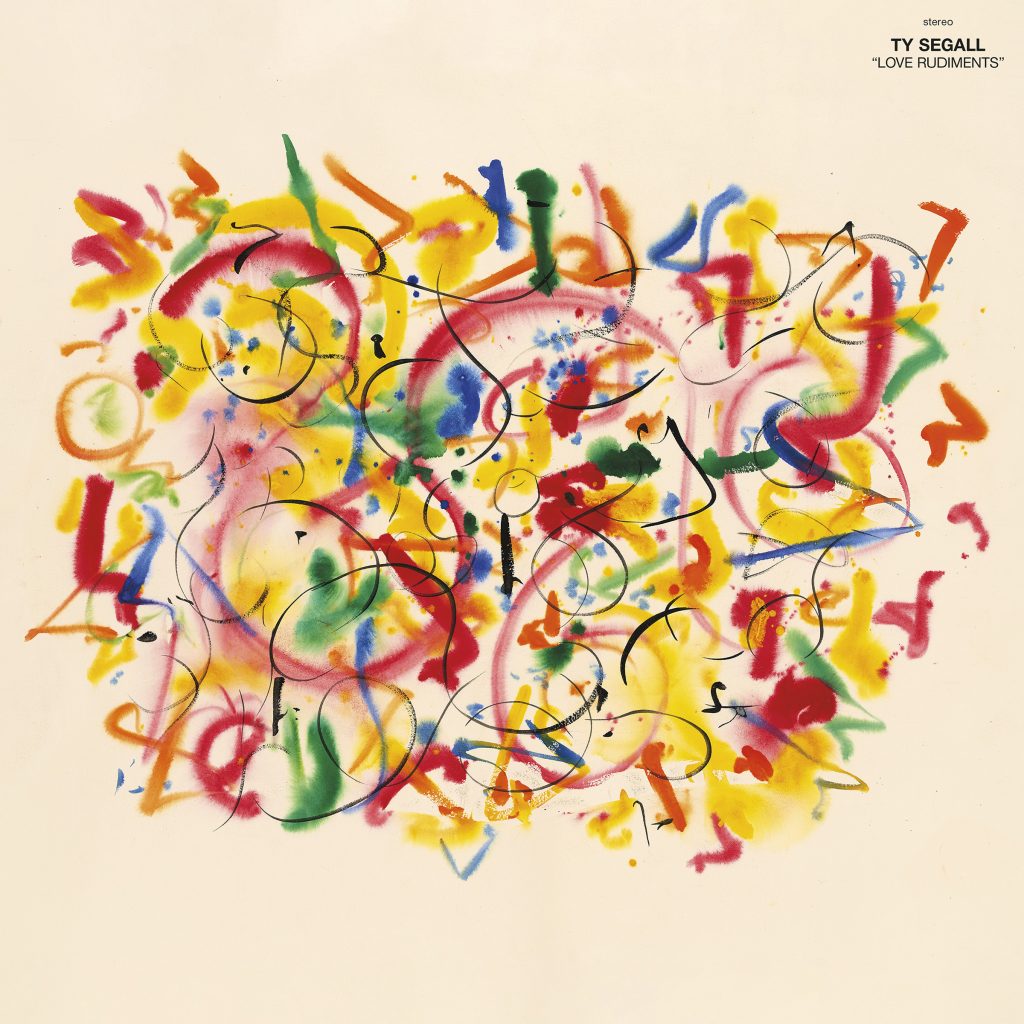
Set for release on Friday, Aug. 30 via Drag City, the album is said to be a “meditation on love,” set up on four parts:
- First Look / First Conversation / Walk Home Pt. I (4:43)
- Getting Ready / Arrival / The Dance / Walk Home Pt. II / First Touch (12:37)
- Honeymoon / Life / Confrontation / Argument / Separation / Realization (12:05)
- Love Rudiments (6:34)
Following the January release of Segall’s 14th album, Three Bells—which maintained an experimental psych-rock sound reminiscent of The Beatles’ Sgt. Pepper’s Lonely Hearts Club Band—Love Rudiments isn’t an album meant for climbing the charts. It’s an LP for music listeners intrigued and moved by sound, with the ability to create a whole world of their own based on rhythms.
A leader in the late 2000s’ psych-influenced garage rock scene, Segall is a musician who’s compiled a long winding discography of ground-breaking psychedelic rock that recalls great guitarists like Jimmy Page—but is also just wholly Segall’s own. He’s at a stage of his career where he can create and release what he wants, living up to the love of art. Think artists like Jack White, Mac Demarco, Aphex Twin, Brian Eno and so many more.
The album’s title speaks to its character—rudiments, meaning something unformed or undeveloped. The album is one piece of Segall and his talents, but it tells a whole story through percussion. The four tracks are separated by different stages of love, from beginning to end. But love isn’t something that is always fully formed or developed. And it doesn’t always have a complete, definite “end.”
In anticipation of the album’s full release, two singles have come out as separate edits—The Dance (Edit) and Honeymoon (Edit).
The Dance (Edit) is themed around a couple’s first dance, set to a backdrop of energetic vibraphones, a tambourine, electronic drum pads and woodblocks. It speaks to the nervous energy and excitement that comes with doing something for the first time with someone whose company you truly enjoy.
Stripped down, the tracks place me back in elementary school music class, discovering which sounds and musical instruments made my ears perk up with intrigue. As we get older, it’s easy to forget those simple objects that taught us about sound and rhythm. Love Rudiments brings listeners back to the basics of that child-like joy. There is music in everything—it’s all around.
The album also reminds me which sounds I don’t gravitate toward. In track one, First Look / First Conversation / Walk Home Pt. I, at around the 3:30 mark, I am met with sensory overload. In the background of the song, a high-pitched ringing almost sounds like it doesn’t belong. For someone sensitive to sound, it was an irritating listen with headphones. But it doesn’t last long, and it makes me wonder if it was purposefully placed there to signify tension or the buildup to forming a relationship.
Instrumental albums like Love Rudiments are a reminder that music isn’t inherently melodic—it’s all in the hands and minds of those creating it.
The final track, with the same name as the album, is an intriguingly slow tune meant for listening with headphones. Around the one-minute mark an isolated xylophone rings in your left ear, and then by 2:15 the drum kit fills the empty space in your right ear. The different sounds in each ear bring the listening experience to a new level, helping listeners hear each instrument on its own, yet together in harmony.
Segall will head out on an intimate solo acoustic U.S. tour in early 2025, which is slated to kick off in February in San Diego. Though he’ll be playing solo, the performances will not include percussion.
If you haven’t listened to Ty Segall before, start with his song Manipulator off his 2014 album under the same name. It’s a good example of what people expect from Segall—hypnotic vocals and melodic guitar chords melding for a dreamy psych sound.
Pay attention to Segall’s guitar playing. He’s known for intricate chord progressions and the use of various pedals, including a fuzz pedal that offers some distortion.
Check out my review of Segall’s live performance at Pitchfork Music Festival in 2021.
Kendall Polidori is The Rockhound, Luckbox’s resident rock critic. Follow her reviews on Instagram and X @rockhoundlb, TikTok @rockhoundkp


